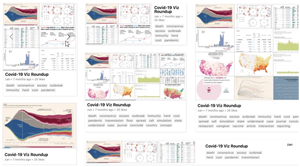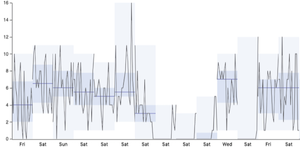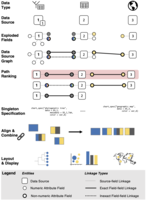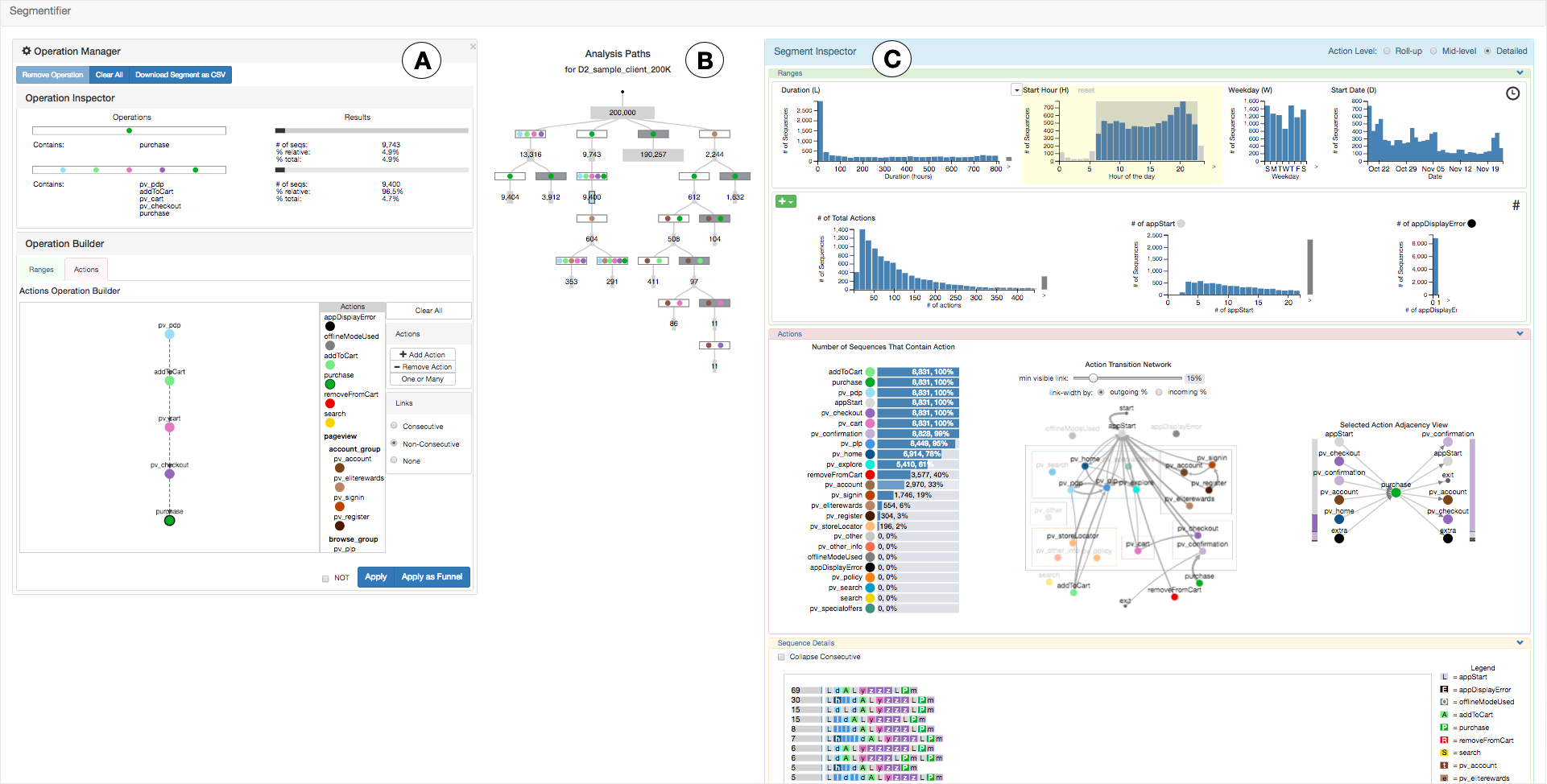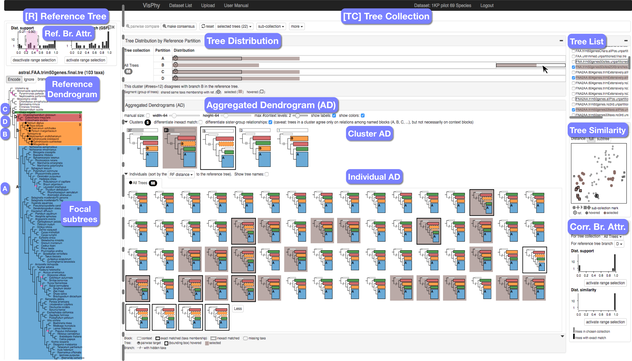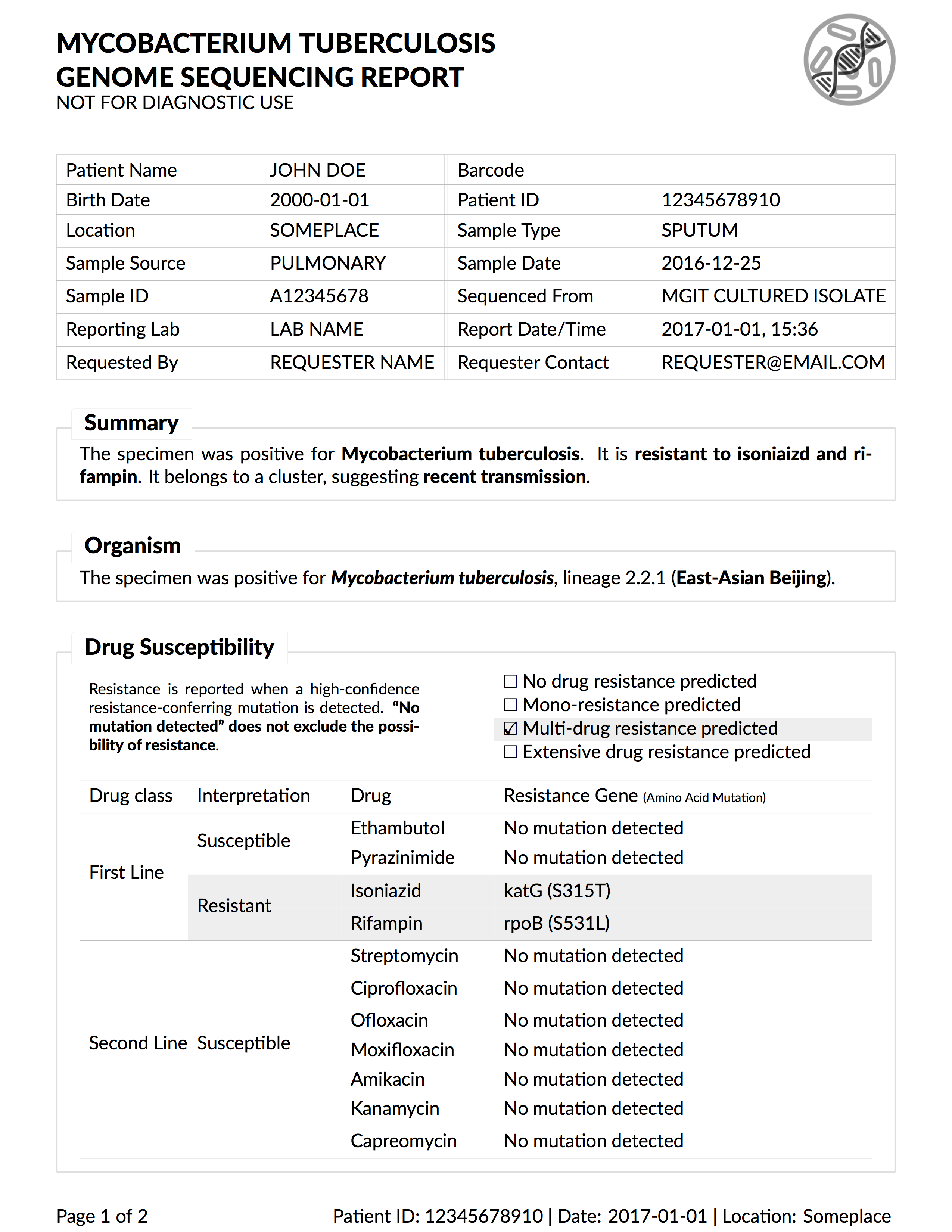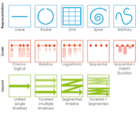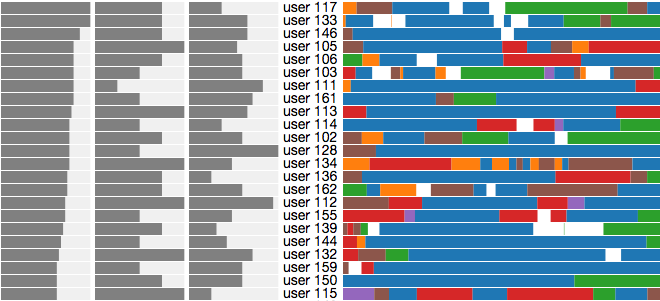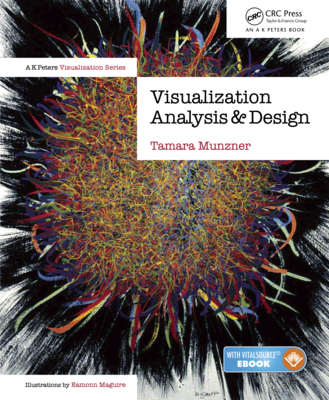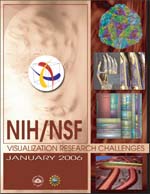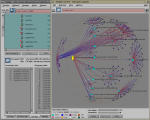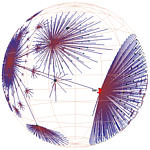Dirty Data in the Newsroom: Comparing Data Preparation in Journalism and Data Science
Proc. CHI Conf. Human Factors in Computing Systems (CHI), 2023
The work involved in gathering, wrangling, cleaning, and otherwise preparing data for analysis is often the most time consuming and tedious aspect of data work. Although many studies describe data preparation within the context of data science workflows, there has been little research on data preparation in data journalism. We address this gap with a hybrid form of thematic analysis that combines deductive codes derived from existing accounts of data science workflows and inductive codes arising from an interview study with 36 professional data journalists. We extend a previous model of data science work to incorporate detailed activities of data preparation. We synthesize 60 dirty data issues from 16 taxonomies on dirty data and our interview data, and we provide a novel taxonomy to characterize these dirty data issues as discrepancies between mental models. We also identify four challenges faced by journalists: diachronic, regional, fragmented, and disparate data sources.

